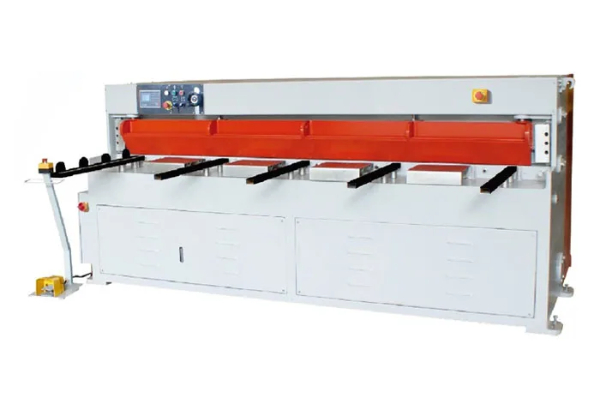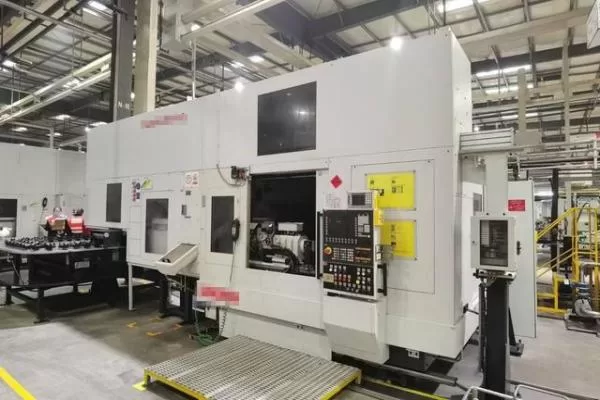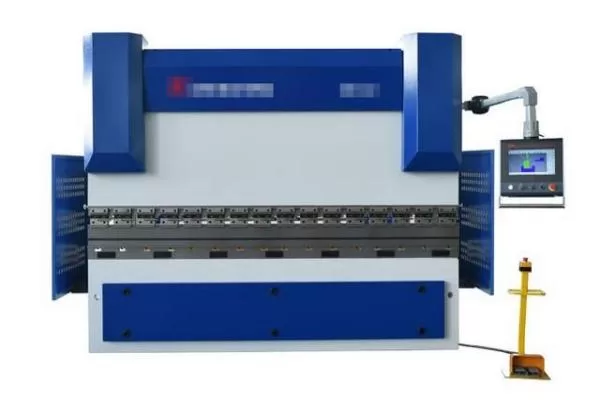
Duct Rolling 101- A Beginner’s Guide to Using a Duct Roller
- By:Metmac
- 2024-05-07
- 198
Duct Rolling 101: An Introduction
For those embarking on home improvement projects or HVAC installations, mastering the art of duct rolling is essential for creating efficient and effective ventilation systems. “Duct Rolling 101: A Beginner’s Guide to Using a Duct Roller” provides invaluable insights into this technique, empowering readers to tackle ductwork projects with confidence.
Selecting the Right Duct Roller
The first step in duct rolling is choosing the appropriate duct roller. Manual duct rollers offer a cost-effective solution for small and medium-sized ducts, while electric duct rollers provide increased efficiency for larger projects. Consider the size and complexity of your ductwork to determine the best option.
Essential Techniques
Mastering basic techniques is crucial for successful duct rolling.
“J” Roll: This technique creates a 90-degree angle in the duct. By starting with a small loop and gradually increasing the radius, you can shape the duct into a precise “J” shape.
“S” Roll: Similar to the “J” roll, the “S” roll creates a 180-degree angle. Start with a double loop and gradually unwind while maintaining a consistent radius to achieve the desired shape.
“Spiral Roll”: This advanced technique produces a spiral duct that is both aesthetically pleasing and highly efficient. It requires careful control of the duct roller and a deep understanding of the material’s properties.
Material Handling and Safety
Proper material handling and safety precautions are critical during duct rolling.
Material Preparation: Unroll the duct material carefully and remove any creases or wrinkles. Ensure the material is free from debris or sharp objects that could damage the duct roller or compromise safety.
Safety Precautions: Wear appropriate safety gear, including gloves and eye protection. Never operate the duct roller without proper training and follow all manufacturer’s instructions.
Advanced Applications
As your proficiency in duct rolling grows, you can explore advanced applications.
Custom Duct Fittings: With practice and specialized techniques, you can create custom duct fittings to meet the specific requirements of your project. This allows for greater flexibility and customization.
Ductwork Installation: Once the ducts are rolled, they must be properly installed. Proper sealing and insulation ensure optimal airflow and energy efficiency.
Conclusion
“Duct Rolling 101: A Beginner’s Guide to Using a Duct Roller” empowers readers with the knowledge and techniques necessary to master duct rolling. By following the guidelines and practicing the essential techniques, you can create high-quality ductwork that meets the demands of your ventilation system. Remember to prioritize material handling and safety precautions throughout the process. With patience and dedication, you can achieve professional-grade results that will enhance the performance of your HVAC system.
-
Advanced Sheet Metal Rolling, Cutting, and Folding Machines for Efficient Fabrication
2025/10/22 -
High-Precision Sheet Metal Bending and Cutting Solutions for Modern Manufacturing
2025/10/22 -
High-Precision Solutions from Leading Sheet Metal Cutting Machine Manufacturers
2025/09/11 -
Reliable Sheet Metal Equipment for Sale to Support Precision Fabrication
2025/07/17
-
High-Performance Sheet Metal Equipment for Sale: Forming and Shearing Solutions for Modern Fabrication
2025/10/22 -
Precision and Performance: Advanced Sheet Metal Processing Solutions
2025/10/17 -
Advanced Sheet Metal Press, Shearing, and Forming Machines
2025/10/17 -
High-Performance Sheet Metal Laser Cutting Machines for Sale — Precision and Efficiency Combined
2025/10/17
-
A Guide to the Latest Innovations in Sheet Metal Folding Machines
2024/11/29 -
Key Features to Consider When Investing in a Sheet Metal Folding Machine
2024/11/28 -
Enhancing Precision with Advanced Sheet Metal Folding Machines
2024/11/27 -
How to Choose the Right Sheet Metal Folding Machine for Your Workshop
2024/11/26







